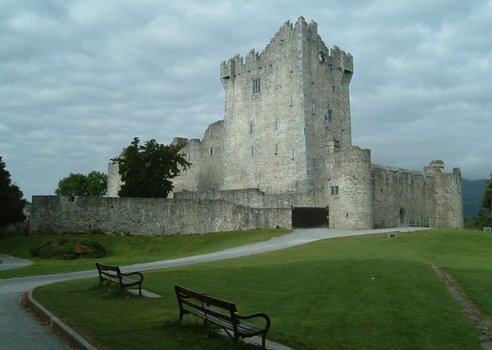Reading time: Less than 1 minute
Increase your vocabulary and you’ll make your writing much more precise. That’s why I provide a word of the week. Today’s word: bawn
When I read the book The Innocents by Newfoundland writer Michael Crummey, I sometimes felt as though I was reading a work written simultaneously in two languages. So many interesting and unfamiliar words.
Another one I uncovered was the noun bawn. Here is how Crummy used it:
She stayed close to the bawn all day with an eye on the weather piling the fish into yaffles against a shower of rain or the sear of too much sun.
A bawn is an enclosure — usually of mud or stone — about a farmhouse or castle in Ireland. It comes from the Irish Gaelic word badhún, meaning enclosure or bulwark. The Gaelic word for “cow” is bó and its plural is ba and the one for “stronghold, enclosure” is dún.
An earlier version of this post first appeared on my blog on Nov. 13/29.


